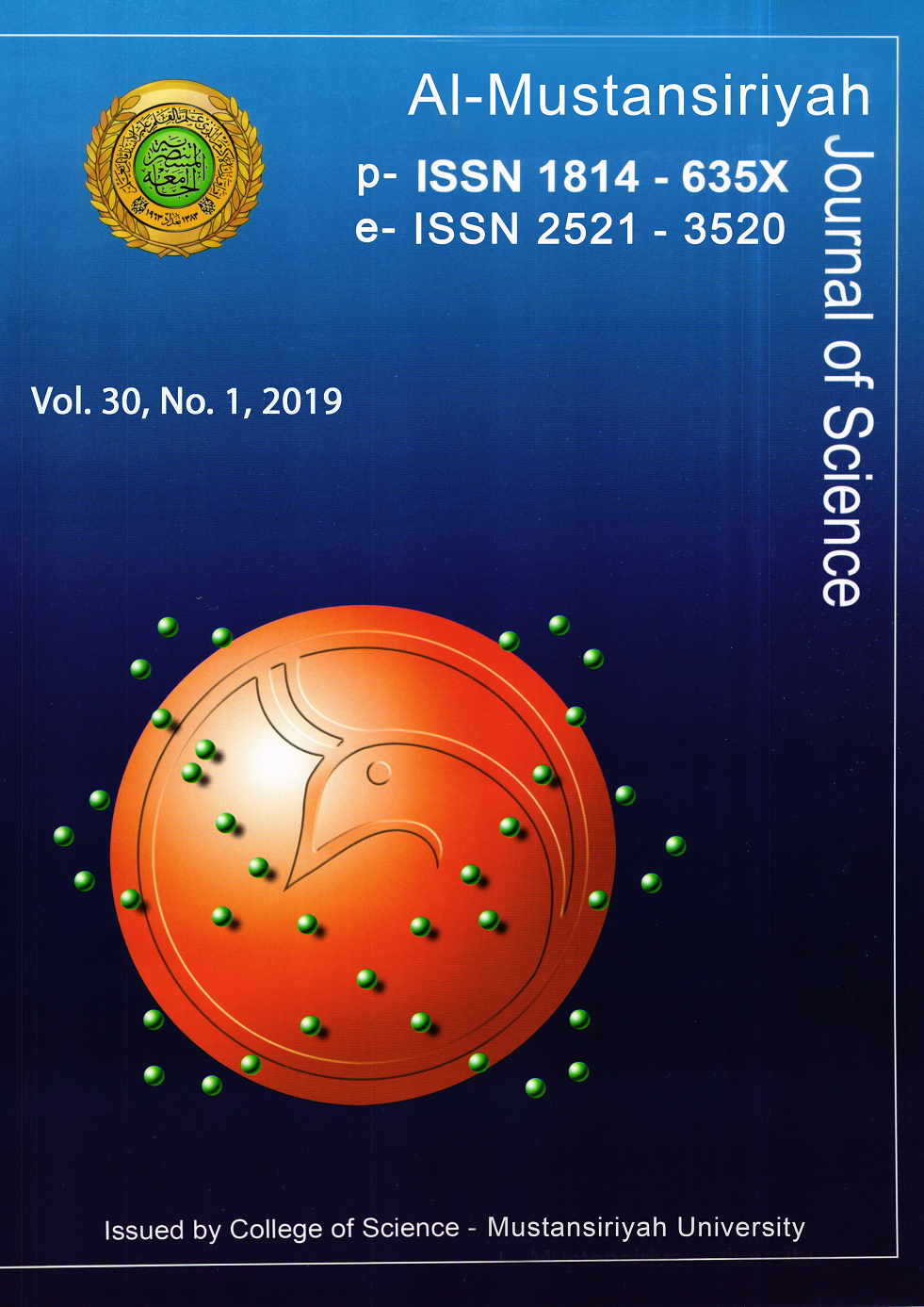Plant Leaf Disease Detection Using Support Vector Machine
DOI:
https://doi.org/10.23851/mjs.v30i1.487Abstract
Abstract Agriculture has special importance in that it is a major source of food and clothing and is an important economic source for countries. Agriculture is affected by a variety of factors, biotic such as diseases resulting from bacteria, fungi, viruses and non-biotic such as water and temperature and other environmental factors. detection of these diseases requires people to expert in addition to a set of equipment and it is expensive in terms of time and money Therefore, the development of a computer based system that detection the diseases of plants is very helpful for farmers As well as to specialists in the field of plant protection. the proposed plant disease detection system consists of two phases, in the first phase we establish the knowledge base and this by introducing a set of training samples in a series of processing that include first use pre-processing techniques such cropping , resizing, fuzzy histogram equalization ,next extract a set of color and texture feature and used to great the knowledge base that used as training data for support vector machine classifier . In the second phase of the work we use the classifier that was trained using the knowledge base for detection and diagnosis of plant leaf diseases. To create the knowledge base we used 799 sample images and divided it by 80% training and 20% testing. We have use Three crops each yield three diseases in addition to the proper state of each crop .the accuracy of disease detection was 88.1% .Downloads
Download data is not yet available.
Downloads
Key Dates
Published
15-08-2019
Issue
Section
Original Article
License
(Starting May 5, 2024) Authors retain copyright and grant the journal right of first publication with the work simultaneously licensed under a Creative Commons Attribution (CC-BY) 4.0 License that allows others to share the work with an acknowledgement of the work’s authorship and initial publication in this journal.
How to Cite
[1]
mohammed hussein and A. H. Abbas, “Plant Leaf Disease Detection Using Support Vector Machine”, Al-Mustansiriyah J. Sci., vol. 30, no. 1, pp. 105–110, Aug. 2019, doi: 10.23851/mjs.v30i1.487.






















